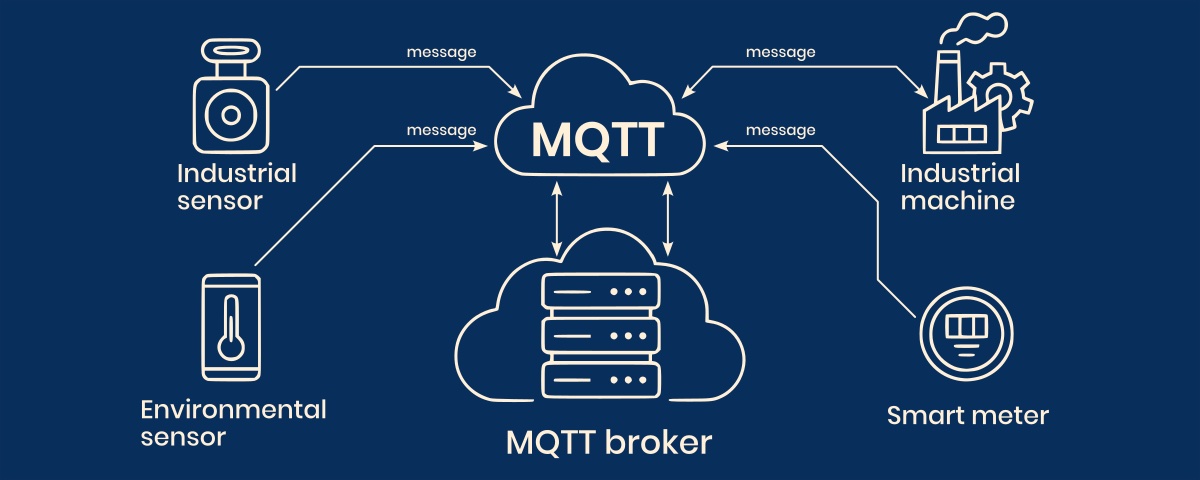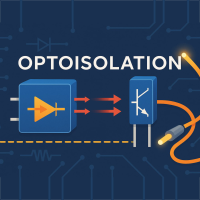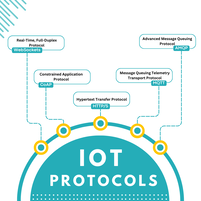MQTT protocol

In the rapidly expanding world of the Internet of Things (IoT), millions of devices need to communicate quickly, reliably, and efficiently — often over unstable networks or with very limited resources. Enter MQTT: the lightweight messaging protocol that has quietly become the backbone of IoT communication.
If you’re curious about why MQTT is so important — and why engineers love it for connected devices — this guide is for you!
What is MQTT?
MQTT stands for Message Queuing Telemetry Transport.
It’s a lightweight, publish-subscribe network protocol designed for low-bandwidth, high-latency, or unreliable networks. MQTT was originally developed by IBM in the late 1990s to monitor oil pipelines over satellite connections — a tough environment where every byte of data mattered.
At its core, MQTT allows devices to send (“publish”) and receive (“subscribe”) messages organized by topics, without directly knowing about each other. A central broker handles all the message routing between devices.
Why is MQTT Perfect for IoT?
Let's dive into the key reasons MQTT fits the world of IoT like a glove:
1. Lightweight and Efficient
MQTT uses very little overhead — a typical MQTT message can be as small as a few bytes!
This matters for IoT devices, which often have limited memory, slow processors, and strict power budgets. Instead of wasting energy on heavy communication protocols, they can exchange information quickly and efficiently using MQTT.
Example: A smart weather sensor can send temperature updates every minute without draining its battery.
2. Designed for Unstable Networks
IoT devices are often deployed in remote areas or mobile environments where connections can be unreliable. MQTT is built to handle this:
- It supports persistent sessions so devices can reconnect without losing messages.
- It offers three Quality of Service (QoS) levels to guarantee message delivery, even through intermittent networks.
Example: Agricultural sensors in rural fields can maintain data flow even with spotty mobile coverage.
3. Publish/Subscribe Model: Simple and Scalable
Unlike traditional request-response models, MQTT uses a publish/subscribe method:
- Devices (clients) publish data to a broker under a specific "topic" (e.g.,
sensors/temperature). - Other devices subscribe to topics they care about.
This model:
- Decouples senders and receivers.
- Makes it easy to add new devices.
- Allows thousands (even millions) of devices to communicate without chaos.
Example: A smart building system can add hundreds of new sensors without reprogramming all devices.
4. Low Power Consumption
Because MQTT minimizes data transfer, it conserves energy — a vital factor for battery-powered IoT devices.
Devices can "sleep" most of the time, waking only briefly to send or receive MQTT messages.
Example: A water meter powered by a coin cell battery can last for years while transmitting readings over MQTT.
5. Security Features for IoT Environments
Today, MQTT brokers can be secured with:
- TLS encryption (for secure data transmission)
- Authentication (username/password or certificates)
- Access control (who can publish/subscribe to which topics)
While MQTT itself is lightweight, these security layers can easily be added without losing performance.
Example: Smart home devices can securely report door or window status without risking user privacy.
Conclusion: MQTT as the Lifeline of IoT
Without MQTT, many of today’s smart devices would struggle to communicate reliably and efficiently.
Its lightweight footprint, reliability under tough network conditions, low energy use, and flexible communication model make MQTT the protocol of choice for IoT developers across industries — from agriculture and healthcare to smart cities and manufacturing.
If you’re building an IoT solution, mastering MQTT is not just helpful — it’s essential.
It’s the silent but powerful technology that keeps the IoT world talking.
Explore more
Need any help in IoT?
Need any help in IoT? An Atreyo expert identify the right solution for your needs.
If ready to talk to an Atreyo expert
Interested in IoT products? go to







